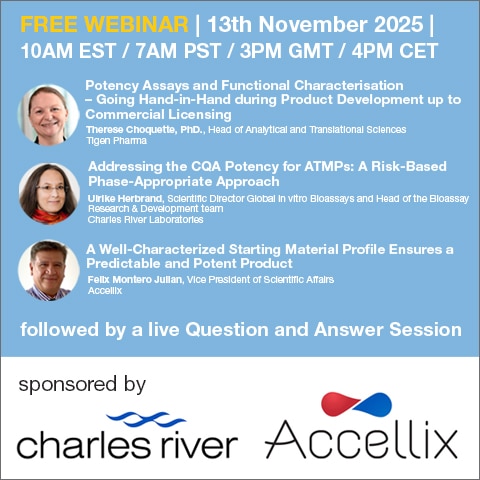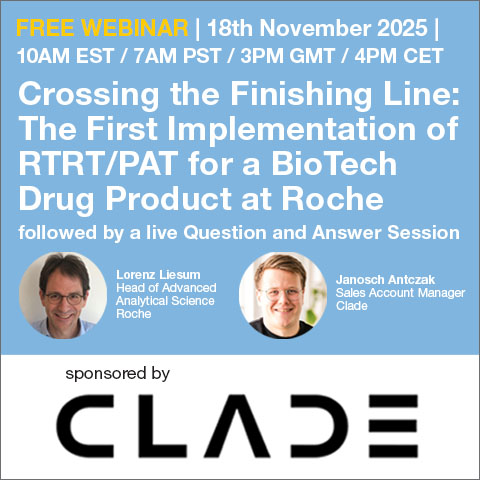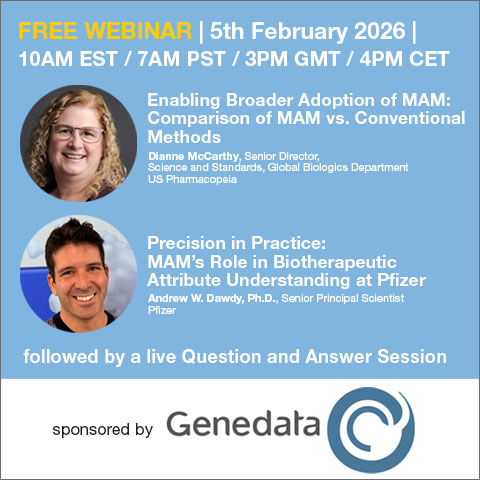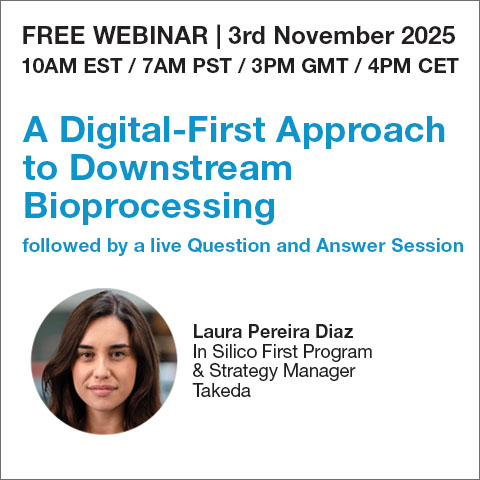Lilly’s Mounjaro reduces A1C by an average of 2.2% in a Phase 3 trial of patients with type 2 diabetes
Posted on September 22, 2025
Eli Lilly has recently announced their new detailed results from SURPASS-PEDS, the first Phase 3 trial to evaluate the safety and efficacy of Mounjaro, a GIP/GLP-1 dual receptor agonist, in children and adolescents with type 2 diabetes inadequately controlled with metformin, basal insulin or both. At 30 weeks, Mounjaro met the primary and all key secondary endpoints, achieving superior improvements in A1C and body mass index compared to placebo.
“Youth living with type 2 diabetes often face a more aggressive disease course, and in many instances, first-line treatments like metformin and basal insulin, fail to control their A1C adequately,” said Tamara Hannon, M.D., director of the Clinical Diabetes Program, Indiana University School of Medicine and lead trial investigator. “The SURPASS-PEDS results show that Mounjaro delivered significant and clinically meaningful improvements in blood sugar, BMI and fasting serum glucose in pediatric patients. These results offer a promising opportunity to help shift the long-term health trajectory for young people living with this complex condition.”
Note that the trial met the primary endpoint of superior A1C reduction with Mounjaro compared to placebo at 30 weeks, lowering A1C by an average of 2.2% from an average baseline of 8.05% using the efficacy estimand. Nonetheless, a key secondary endpoint, 86.1% of participants randomized to the 10 mg dose of Mounjaro achieved a target A1C of ≤6.5%. In addition, Mounjaro showed clinically meaningful improvements in BMI, a measure that assesses weight changes in children and adolescents, accounting for their growth over time. In addition, the 10 mg dose of Mounjaro reduced BMI by 11.2% on average at 30 weeks. Improvements in A1C and BMI reductions continued through 52 weeks in the trial’s long-term extension.
| Results at 30 weeks | ||||||
| Primary Endpoint | ||||||
| Mounjaro
pooled doses |
Placebo | |||||
| Change in A1C from mean baseline of 8.05% |
Efficacy estimand |
-2.2 % | 0.05 % | |||
| Treatment- regimen estimand |
-2.0 % | -0.2 % | ||||
| Key Secondary Endpointsi | ||||||
| Mounjaro
5 mg |
Mounjaro
10 mg |
Mounjaro
pooled doses |
Placebo | |||
| Change in A1C from mean baseline of 8.05% |
Efficacy estimand |
-2.2 % | -2.3 % | – | 0.05 % | |
| Treatment- regimen estimand |
-1.9 % | -2.2 % | – | -0.2 % | ||
| Percentage of participants achieving A1C ≤6.5% |
Efficacy estimand |
70.8 % | 86.1 % | 78.6 % | 27.8 % | |
| Treatment- regimen estimand |
66.4 % | 80.6 % | 73.6 % | 28.2 % | ||
| Percentage change in BMI from mean baseline of 35.3 kg/m2 |
Efficacy estimand |
-7.4 % | -11.2 % | -9.3 % | -0.4 % | |
| Treatment- regimen estimand |
-6.7 % | -11.1 % | -8.9 % | -0.55 % | ||
| Change in BMI- standard deviation score (age and sex matched) from mean baseline of 3.1 |
Efficacy estimand |
-0.50 | -0.76 | -0.63 | -0.09 | |
| Treatment- regimen estimand |
-0.45 | -0.76 | -0.60 | -0.09 | ||
| Change in fasting serum glucose from mean baseline of 152 mg/dL |
Efficacy estimand |
-35.0 mg/dL | -53.5 mg/dL | -44.2 mg/dL | -7.9 mg/dL | |
| Treatment- regimen estimand |
-35.5 mg/dL | -50.6 mg/dL | -43.0 mg/dL | -6.6 mg/dL | ||
| Controlled for overall Type 1 error. | ||||||
“Type 2 diabetes in children and teens is increasing at an alarming rate, yet treatment options are limited, and this patient population remains underserved,” said Kenneth Custer, Ph.D., executive vice president and president of Lilly Cardiometabolic Health. “The SURPASS-PEDS results show Mounjaro delivered statistically significant improvements in A1C, BMI and other critical cardiometabolic risk factors, while maintaining a safety profile generally consistent with adult studies. By undertaking this research, we can better support children and adolescents living with this condition.”
Related Topics and Keywords
Diabetes, Eli Lilly, Eli Lilly and Co, mounjaro, tirzepatide
Subscribe to our FREE newsletter and WEBINAR UPDATES
We will not sell or give your information to a third party. See our Privacy Policy

















